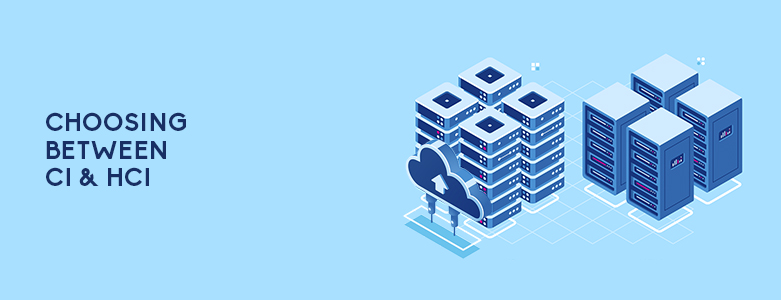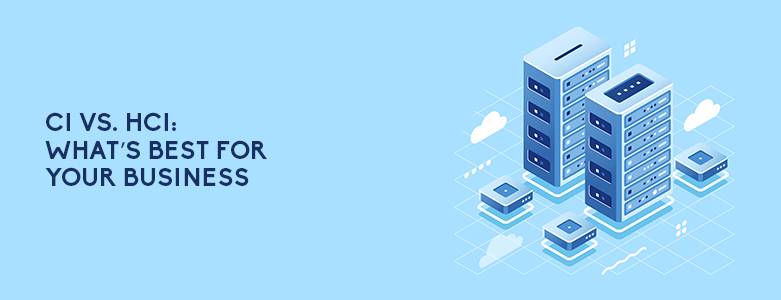With advancements in technology, we are seeing more complexity being introduced into most business infrastructures. To lessen this, businesses need to aim to lessen the tasks in setting up and maintaining a proper IT environment for businesses. This is why the concept of Converged (CI) and Hyperconverged infrastructure (HCI) was made to help simplify the complexity of procurement and management tasks required by the diversity of today’s hybrid environment.
To give a brief overview of the two, CI takes a hardware-based approach while HCI takes a software-based approach. CI starts with a single building block that include the computing, networking, storage and server virtualization. This building block is already tested by vendors to ensure it is fully optimized from the hardware and software side to avoid interoperability issues. This approach also has the benefit of allowing each component to act on its intended purpose. A server can be separated and used as a server while also set up to be compatible with your business’ hardware and software.
In comparison, HCI is often used on private clouds, where all computing, networking and storage components are virtualized. A hypervisor is used to create flexible virtualization for solutions like remote desktops while being able to manage the computing, networking and storage functions more efficiently. This allows companies to pool their resources and create virtual machines efficiently and save costs through inexpensive storage options.
Choosing Between CI & HCI

Both CI and HCI have their benefits to a business, one is not superior over the other. Deciding which, however, is best suited for your business will depend on numerous factors. CI for example, allows for better scalability as its created like building blocks which lets companies plug and play hardware. Applications are also easier to optimize and run in a CI setup as compared to the traditional approach. This is especially true when considering specialized applications such as Oracle, SAP, or any other resource heavy application. Also, with the reduced software and hardware, it can bring down initial capital expenditures. This makes it suitable for companies that put emphasis on scaling their systems quickly or even those with resource intensive applications who are also looking to keep their initial capital expenditures low.
HCI on the other hand, allows for faster provisioning and customization of private clouds since all components in the system are virtualized. HCI also allows for IT to work on more different tasks as remote locations or branch offices can be managed through centralized control and policies. As for cost, it can even be cheaper than HCI due to the inexpensive hardware can be used in an HCI setup. Companies who are focused on using cloud apps, big data analytics, and app development would benefit from an HCI system. Many organizations as well who are looking to extend and grow their IT infrastructure through scalability and management that HCI brings should consider it as well.
If you would like to learn more about what infrastructure best suits your business, please contact us at marketing@www.ctlink.com.ph and we would be happy to go into more detail with your team!

